Good Food Habit For Kids
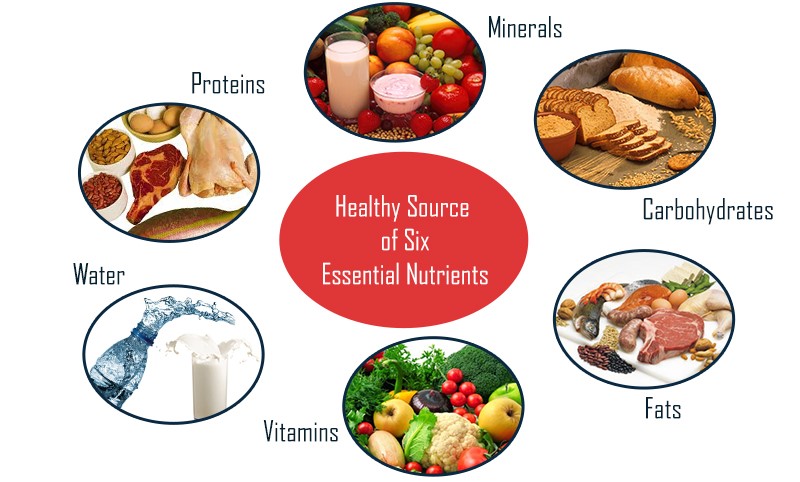
We are told insistently to follow good food habits or eat healthy foods from our childhood. It is sure that our grandmothers and mothers have a clear idea of what good food habits are. You have seen that it is quite normal in our family that from our early years we are forced to eat or drink foods like milk, various types of vegetables, fruits, eggs, fish, and mutton which are considered as healthy food. Eating foods from restaurants or shops was very rare.
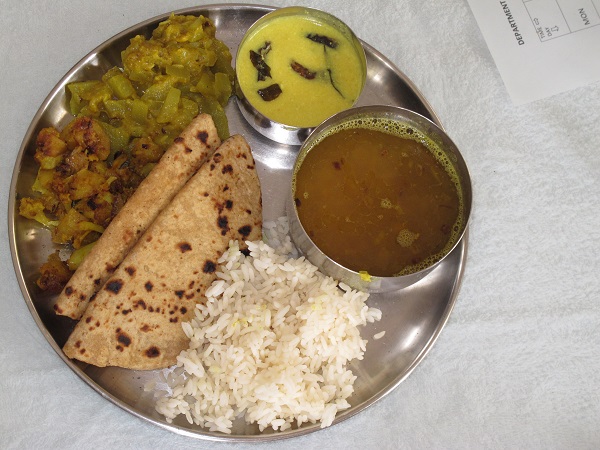
Good Food Habits for Kids
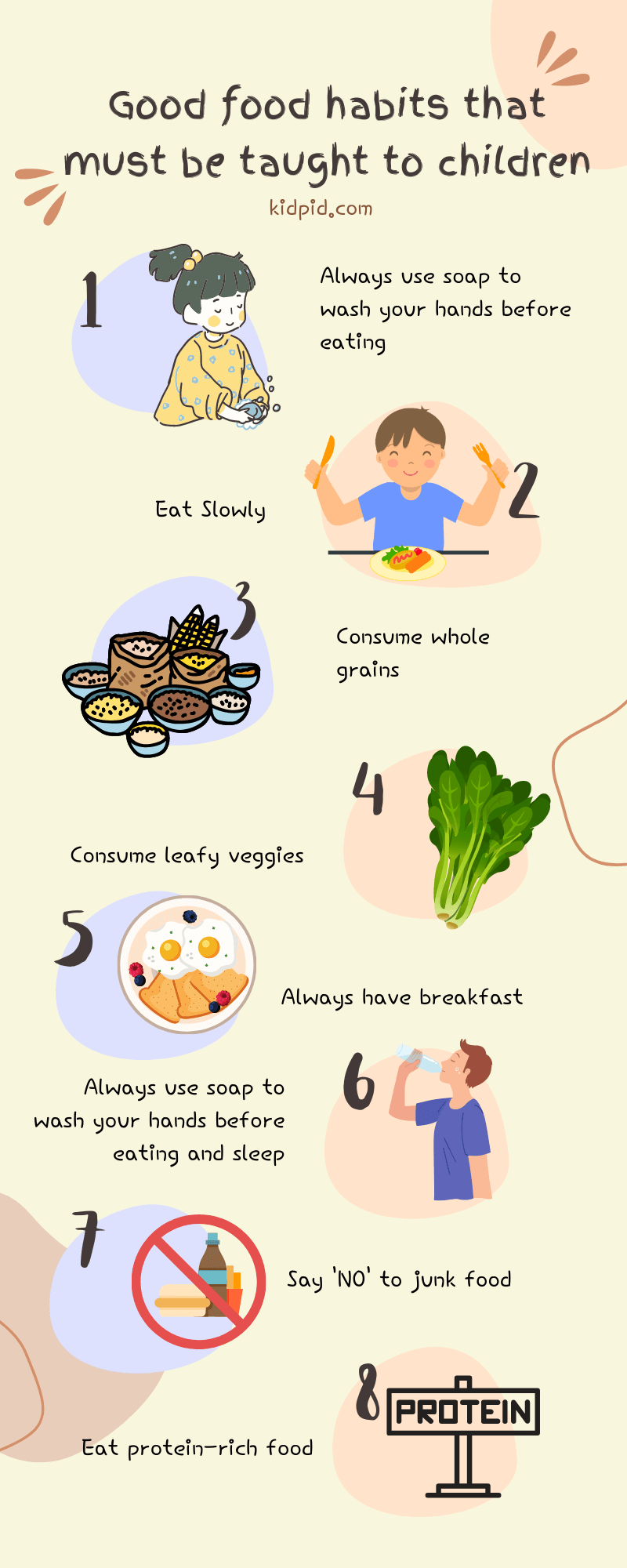
Do you know that our traditional dishes are full of healthy foods? Why am I saying this? Think about our daily food items. In the morning we generally start with tea and biscuits. After that, it is our breakfast time. What is our usual breakfast? Normally we drink milk or eat chapatis or bread with fruits, sweets etc.
Then comes lunchtime. Rice is our staple food. With rice, we also eat vegetables, fish, and eggs, and occasionally we also have chicken or mutton. A noticeable feature of Indian dishes is that we generally start our lunch with a bitter gourd or mixed vegetables made with bitter gourd, and the last item is chutney and curd. Chutney or pickles may be made of coriander, tomato, raw mango, tamarind, olive etc. We know that along with many health benefits, bitter gourd also enhances the digestion and absorption of nutrients. Chutney or pickle also brings flavor and taste to food and also has many health benefits. From curd, we get calcium, which is essential for healthy bones, and is also helpful for digestion.
For dinner generally, we take light food. Normal dinner items are mainly rice or chapati, vegetables, fish, milk, sweets, etc..
Another noticeable aspect of Indian dishes is that it includes seasonal vegetables and fruits, and we know that it is very scientific and beneficial for our health.
Food habits of any particular country or region are normally influenced by the culture, and availability of different kinds of fruits and vegetables in that particular country or region. Today, in the time of globalization, our food habits are also influenced by the culture or foods of other parts of the world. Now eating cake on Christmas or any birthday party is a very common thing. Often we can see strawberries available in local fruit shops.
However, from the above discussion, we can see that we get almost all types of nutrients from the foods that we consume daily. So, why are we so concerned about good food habits today? What is wrong with today’s food habits?
Now think about childhood days, when life was not quite so busy. We used to eat food mainly made by our mother and grandmother and it was always freshly prepared food. We also used to dine together. At that time there were no refrigerated foods. Refrigerated foods were an occasional matter.
But, nowadays, we are used to processing food, refrigerated food, and fast food. What are the causes behind these changed food habits? There are many reasons for this change in food habits. This is mainly because of our busy lives and with that, the growing popularity of fast food. Another reason is that these foods are very tasty. Today, we can see a crowd around almost every fast food center or restaurant. Why? This is because we have little time to spend in the kitchen. So, it is easy to dine in fast food corners.
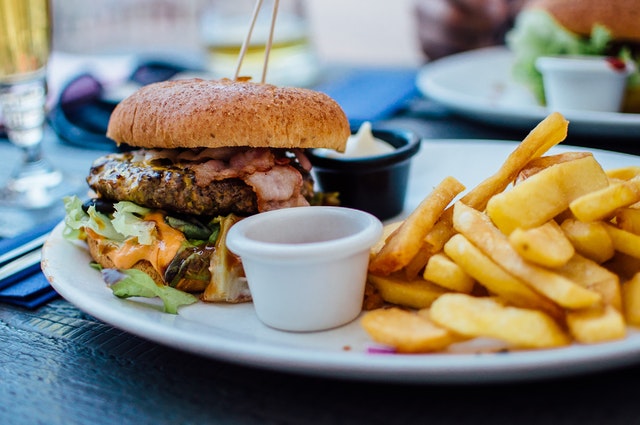
And as we know, fast food is the main reason behind many illnesses like stomach upsets, heart problems, diabetes, high blood pressure, obesity, and many more, so, today it is very relevant to discuss good food habits.
A balanced diet is another name for healthy food. In this discussion, it is very important to know what a balanced diet is. Normally ‘diet’ refers to the variety of foods that are consumed habitually over a period of time. And a balanced diet is a kind of diet that contains all types of required nutrients for health. Now, question is, what are the nutrients that comprise a healthy diet. Let’s discuss that.
- Protein: known as the body’s building block, helps in tissue growth. We get animal protein from meat, fish, egg, and dairy products, and plant protein from lentils, nuts, seeds, etc.
- Carbohydrates: sources of energy. Examples of carbohydrates are sugar, bread, rice, pasta, etc.
- Fats: Also a source of energy. Oil, butter, ghee, oily fish, and dairy products are examples of fat.
- Minerals: mainly needed for bone growth and strength, nervous system, immune systems, etc. We know that milk and milk products like curds and cottage cheese are rich sources of calcium. Dark leafy vegetables, poultry, red meat, and eggs are good sources of iron. Mineral iron helps to prevent anemia. Iron also helps in the formation of hemoglobin present in red blood cells in our blood. Banana, tomato, potato, sweet potato, etc. are potassium-rich foods. Potassium is needed to keep our muscle and nervous system working properly. There are many other minerals like zinc. Phosphorus and magnesium are needed for a healthy body.
- Vitamins: essential for bone growth, metabolic rate, vision, immune system, etc. We get vitamin A from milk and yellow fruits and vegetables like papaya, and carrots. We get vitamin C mainly from citrus food like lemon, orange, etc. We know that sources of vitamin D are mainly sun rays. But some foods like oily fish and eggs are also sources of vitamin D.
- Fats and Oil: Butter, cooking oil, ghee, and nuts are good sources of fats, and we know that fats and oil are energy-giving foods.

Besides these, water or fluids are necessary to keep our body hydrated and to stay healthy. Water or fluids are as important as foods, even more, important than foods.
Water or fluid also helps to flush out toxins or unwanted things present in the body via the excretory system.
Now compare the above-mentioned foods with the foods we traditionally consume. It is clear that our traditional dishes are absolutely healthy.
Another important thing is that besides food items, good food habits also include something more. They are washing hands before eating, rinsing mouths well after eating, and last, but not least, eating together with family members in a calm and peaceful environment.
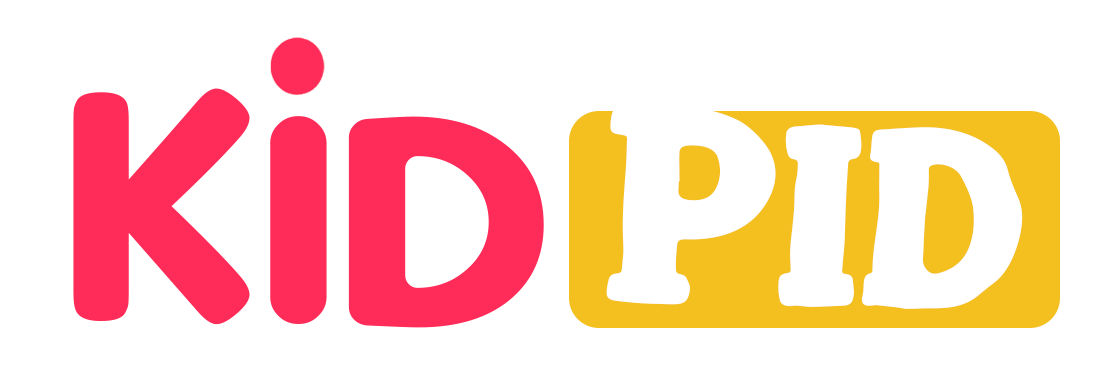





Responses